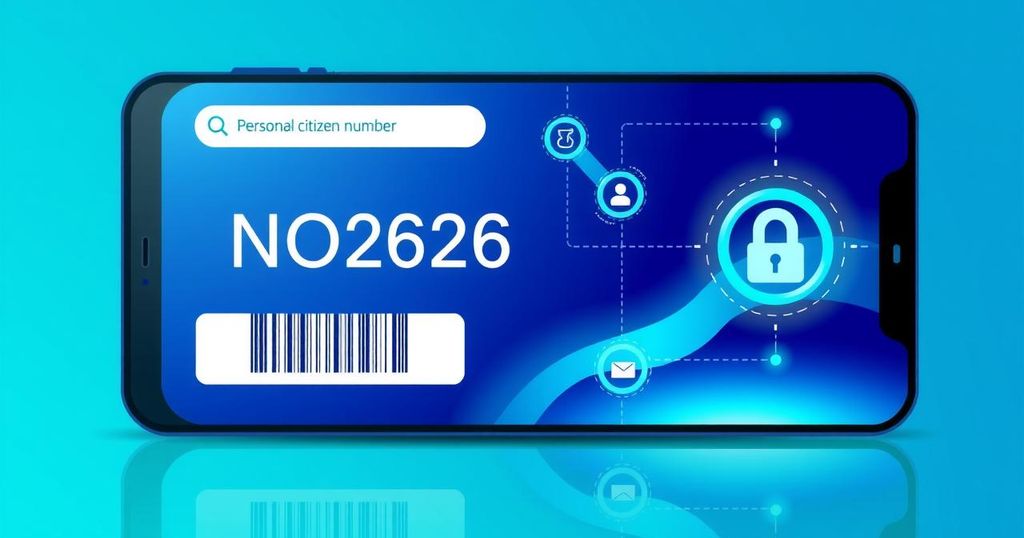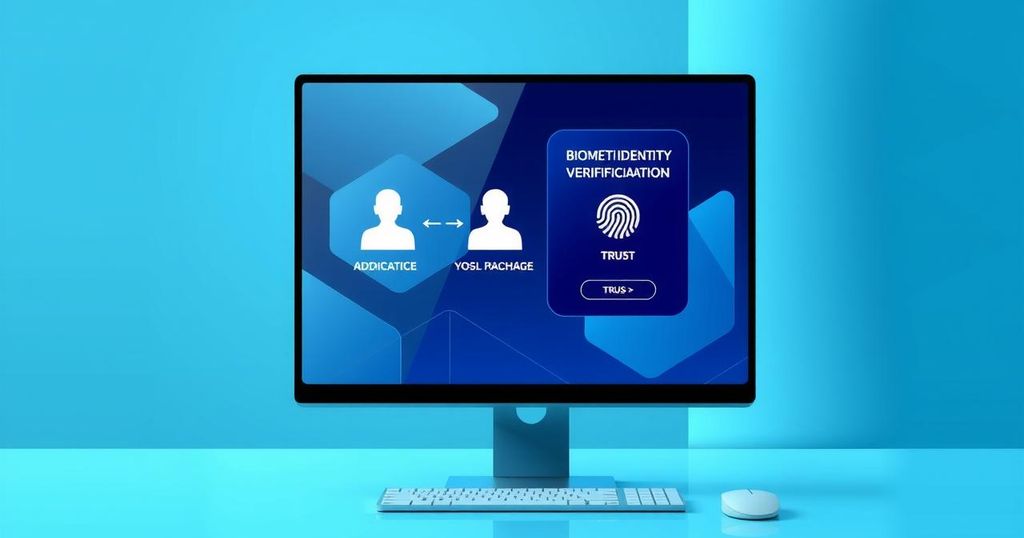The SSA’s new identity verification measures effective April 14 aim to reduce fraud but may hinder access for vulnerable populations. Retirees and survivors will be primarily affected, as beneficiaries on disability or SSI are exempt for now. SSA intends to enhance in-person verification through USPS and considers video options, though technical challenges and political implications complicate matters.
The Social Security Administration (SSA) is set to implement new identity verification requirements aimed at enhancing security and curbing fraud. Starting April 14, individuals will no longer be able to verify their identities over the phone to access benefits; they must use the My Social Security platform online or visit a local field office or selected U.S. post offices. This shift has raised concerns among various stakeholders, particularly retirees and disability advocates, about accessibility issues.
SSA’s revised identity-proofing policy will primarily impact retirees and their survivors while excluding those on disability benefits and Supplemental Security Income (SSI). SSA Assistant Deputy Commissioner Delma Cardona acknowledged the adjustments aim to alleviate concerns from stakeholders, reflecting a balance between modern operations and accessibility needs. Understanding the challenges, the agency revealed upcoming changes to direct deposit processing, transitioning away from phone support to a specialized queue for creating online accounts and updating information.
Critics assert that eliminating phone verification could disproportionately disadvantage vulnerable groups, including the elderly and those with limited mobility or internet access. It was emphasized that the option to verify identities by phone was vital for many beneficiaries, and removing it could severely limit their access to essential services. While Cardona assured support through other devices like iPads or relatives’ phones, the reality remains uncertain.
In response to criticism, SSA is exploring partnerships with the U.S. Postal Service (USPS) to expand in-person verification. With 19,000 USPS locations, the potential for greater access exists. Cardona highlighted that nearly all Americans live within a close proximity to a post office, which could help compensate for reduced direct phone services. The agency is also considering a video service option for virtual identity verification; however, such technology must meet stringent security measures to ensure safety against fraud.
The move away from phone verification has been justified by SSA as a necessary step due to significant financial losses attributed to fraud. Yet, critics argue that genuine fraud at the scale suggested by SSA does not exist. Initially, the overhaul encompassed all beneficiaries, but backlash has prompted a more targeted approach. Stakeholders have voiced concerns over how the new changes could further isolate underrepresented groups, emphasizing the importance of maintaining communication channels that have served many effectively.
SSA’s operational challenges add to the complexity of implementing these identity changes, highlighted by repeated outages of the My Social Security website that hindered user access. Furthermore, SSA has faced scrutiny over conflicting information regarding office closures amid a trend toward reducing in-person support, raising concerns about service availability.
Former officials warned that these changes could lead to significant disruptions in service amidst ongoing technological shifts, stressing the importance of robust support systems. The political implications of these issues compound the difficulty, particularly as the demographic most affected overlaps with an essential voter base. Erroneous claims regarding fraud have further fueled the controversy, leading to skepticism around the necessity of the proposed identity verification reforms.
As SSA prepares for the rollout of these changes, balancing modernization efforts with ensuring all eligible Americans can easily access their benefits proves to be a challenging endeavor. The agency’s forthcoming actions will need to be carefully monitored to ensure the well-being of all stakeholders and to prevent any further complications in service delivery.
The SSA is implementing significant changes to its identity verification process starting April 14, which aim to curb fraud but also raise accessibility concerns. While targeting retirees and survivors, the revisions have faced criticism for potentially disadvantaging vulnerable groups. The agency is exploring alternative verification methods, including partnerships with USPS and a video identity verification option, amidst ongoing operational challenges. Balancing security and accessibility will be crucial as SSA moves forward with these changes.
Original Source: www.biometricupdate.com





